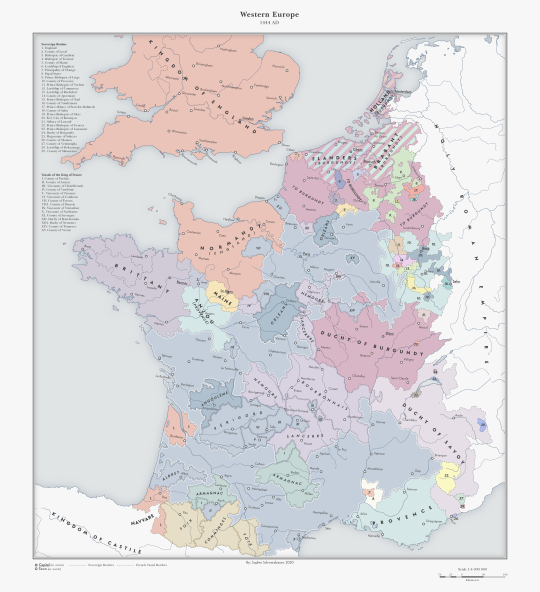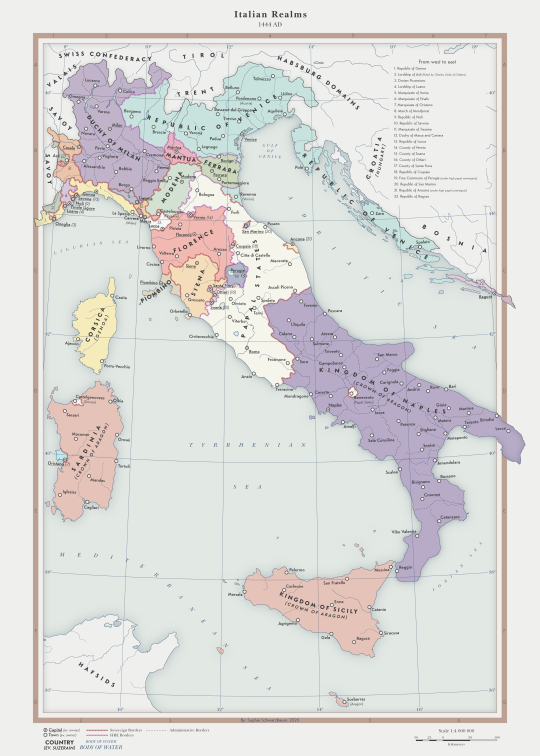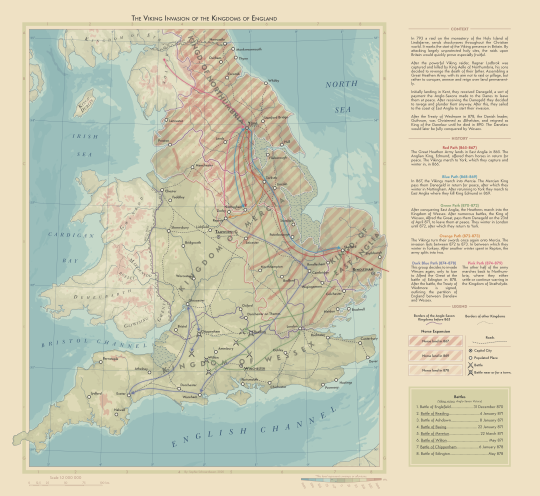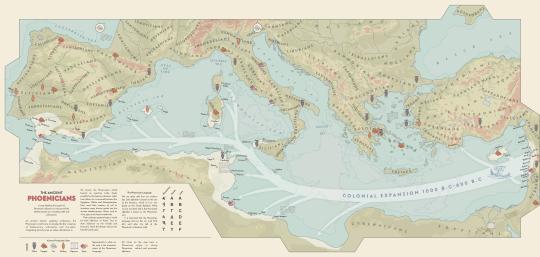Photo

Western European Realms in 1444
Europe in 1444 is on the verge of the Age of Discovery, yet it is reeling from the shock of the failed Crusade of Varna, as well as the threat of the Ottoman Empire in the east.
The Hundred Years War which has torn France apart for over a century is currently halted by a truce following a number of key French victories. With the support of Joan of Arc, since martyred at the hands of the English, and the support of the rich Anjou family, Charles VII has reclaimed Paris and many of the French lands. Charles has also been acknowledged as the rightful King by the Dukes of Burgundy in the treaty of Arras in 1435.
However, the truce with England is tenuous. The English have still not relinquished their claims to the French throne, and one of the main demands of the new treaty, the surrender of Maine to France, has yet to materialize months later.
While the Burgundians now passively support the French cause in the conflict with England, they are still a matter of concern for the French Crown. They have grown their domains far beyond the borders of France, into the Lowlands and the Holy Roman Empire. It is said that the Duke, who is also one of the richest men in Europe, harbours dreams of a future kingdom based around his collective domains.
A united France would be one of the richest and most densely populated regions in Europe. If France could bring its many autonomous nobles to heel and drive the English once and for all from the continent, it would be one of the most powerful states in the continent. Free to pursue voyages of exploration, an active foreign policy in Germany and the Low Countries or even an attack on the rich cities of Northern Italy, where the imperial influence has been waning for centuries.
170 notes
·
View notes
Photo

The Ming Treasure Voyages
The Ming Treasure Voyages were a series of maritime expeditions launched by the Yongle Emperor and led by Admiral Zheng He. The purpose of which was to flaunt the material riches of the Chinese Emperor to the rest of the known world.
The expeditions were thus not embarked for the sake of discovery, but rather to cement the position of the Ming Empire as the leading world power to the rest of the world.
A fleet of over 2,800 ships embarked from Nanking in 1405 and made a stop in Liujiagang where they made offerings to Tianfei, the Chinese sea Goddess.
This Grand Armada carried thousands of tons of gifts and presents to foreign monarchs which would be gifted in return for submission and tribute to the Chinese Emperor.
The Yongle Emperors descendants, however, did not approve of the treasure voyages and saw them as contrary to Confucian teaching. After his death, the fleet would soon be disbanded and funds who would go to the upkeep of the fleet instead went to expanding the Great Wall of China.
157 notes
·
View notes
Photo

Italian Realms in 1444
Europe in 1444 is on the verge of the Age of Discovery, yet it is reeling from the shock of the failed Crusade of Varna, as well as the threat of the Ottoman Empire in the east.
As the High Renaissance approaches, Italy and Germany remain fraught by the constant friction between the Emperor and the many autonomous Princes.
In the wealthy Northern Italy, several small Duchies, Republics, Marquisates and Lordships compete for dominance. The Merchant Republics of Venice, and Genoa, have sought to expand its influence outside of the Italian peninsula, to Dalmatia and the Greek Isles, to secure their economic interests. The Duchy of Milan's days of glory is over. Their ruler is old and has no children to inherit his position. Leaving it vulnerable to pretenders and radical republicans alike.
In Tuscany, the Medici family of Florence have long patronized and encouraged the arts and innovation leading to it becoming the heartland of the Renaissance. While in central Italy the Pope wrestles against local Dictators and Princes over the power of the Papal States.
The Kingdom of Naples has long been a subject of infighting among the Angevin Princes and Lords, leaving it open to an invasion from the Iberian Kingdom of Aragon. With Sicily and most of Sardinia in their grip, they now reign as the most powerful actor in southern Italy.
262 notes
·
View notes
Photo

The Movements of the Great Heathen Army in England
In 793 a raid on the monastery of the Holy Island of Lindisfarne, sends shockwaves throughout the Christian world. It marks the start of the Viking presence in Britain. By attacking largely unprotected holy sites, the raids upon Britain would quickly prove especially fruitful.
After the powerful Viking raider, Ragnar Lodbrok was captured and killed by King Aelle of Northumbria, his sons decided to revenge the death of their father. Assembling a Great Heathen Army, with its aim not to raid or pillage, but rather to conquer, annexe and reign over land permanently.
Initially landing in Kent, they received Danegeld, a sort of payment the Anglo-Saxons made to the Danes to leave them at peace. After receiving the Danegeld they decided to ravage and plunder Kent anyway. After this, they sailed to the coast of East Anglia to start their invasion.
After the Treaty of Wedmore in 878, the Danish leader, Guthrum, was Christened as Æthelstan, and reigned as King of the Danelaw until he died in 890. The Danelaw would later be fully conquered by Wessex.
146 notes
·
View notes
Photo

The Phoenician influences on the Mediterranean
An ancient Semitic speaking civilization, the Phoenicians would come to develop the first instances of thalassocracy, colonization and city-states. Originating from the area we today call Lebanon in the Levant, the Phoenicians relied heavily on maritime trade. Made possible by the famous Lebanese cedar tree timber. As a crossroad between the Egyptians, Hittites and Mesopotamians they used their mastery of sail to introduce many diverse goods into the ancient Mediterranean. Wares such as wine, glass and chased metalwork.
My Deviantart
223 notes
·
View notes
Photo

The Reconquista
The Reconquista was one of the most successful of campaigns waged against Muslims by the Christians. The Islamic Moors had occupied most of the Iberian peninsula since the fall of the Visigothic Kingdom, to the Umayyad Caliphate in the early 8th century.
The Reconquista started around 720 with the battle of Covadonga in the small Kingdom of Asturias, between the Umayyads and Christians.
Though never a united force, the Christian Iberian kingdoms often shared a common goal and identity. Which inspired great cooperation among them against their, often more politically united, Muslim rivals.
In 1212 a Crusade was declared against the Almohad Caliphate. Uniting the forces of Aragon, Castile, Leon, Navarra, and Portugal in the decisive Battle of Las Navas de Tolosa.
In 1444 all that remained of the once-mighty Islamic presence in Iberia were the Emirate of Granada. Which fell in 1492, a few months before the discovery of the New World and the start of ‘La Conquista’.
My DeviantArt
195 notes
·
View notes